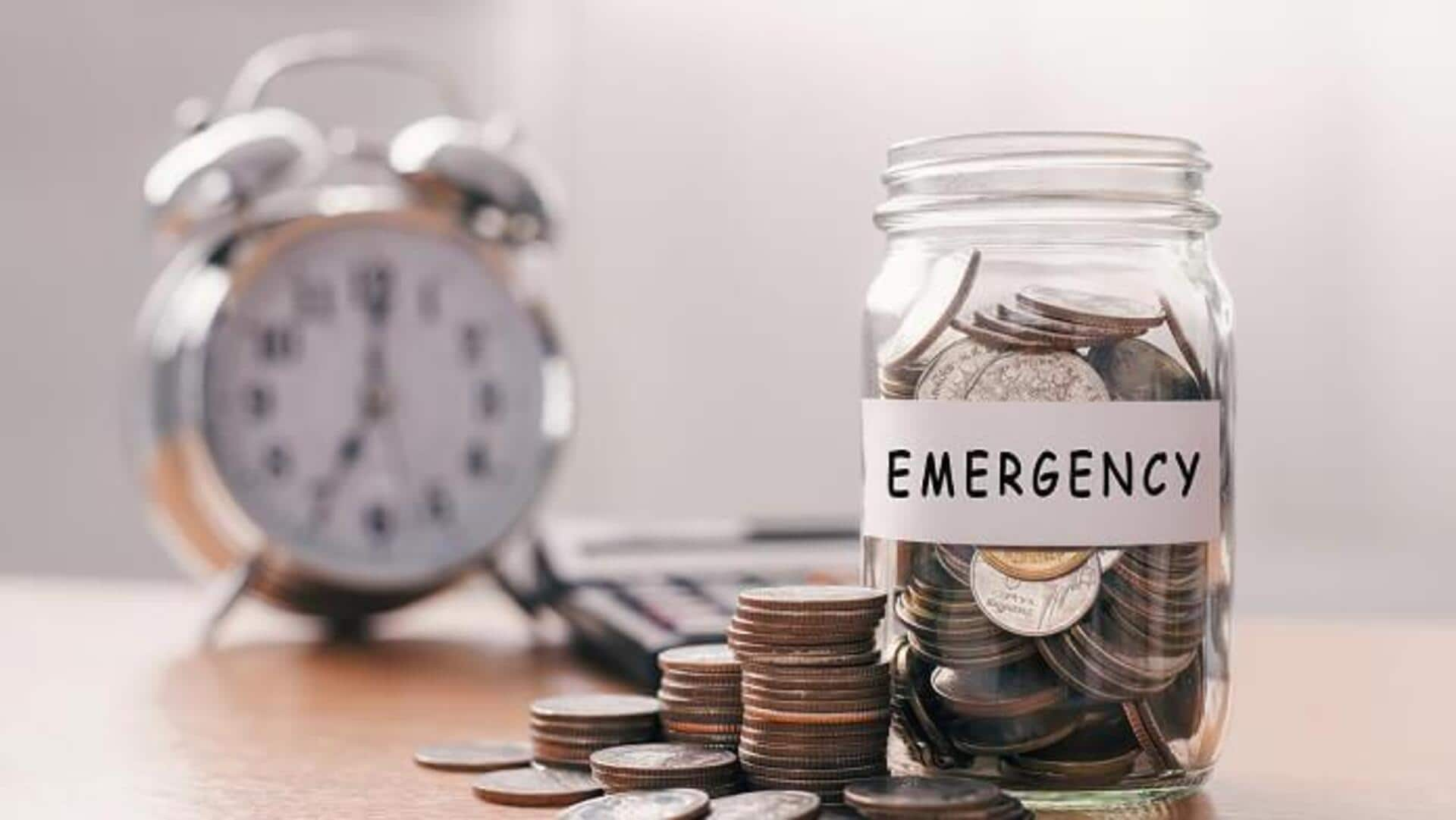
5 easy steps to build a personal emergency fund
What's the story
A personal emergency fund is crucial for one's financial stability. It works as a safety net for unforeseen incidents like a medical emergency, job loss, etc. Careful strategic planning and disciplined saving are the keys to quickly building this fund. Here are five simple steps that can help you efficiently create an emergency fund, ensuring peace of mind and financial security.
Step #1
Set clear savings goals
Start by figuring out how much you need in your emergency fund. A good rule of thumb is to save three to six months' worth of living expenses. Add up your monthly expenses (rent, utilities, groceries, etc.) and multiply them by the number of months you want to cover. This concrete target will direct your savings and motivate you as you see progress.
Step #2
Create a dedicated savings account
Open a separate savings account for your emergency fund. This way, you can avoid the temptation of dipping into these funds for non-emergencies. Seek accounts with no fees and competitive interest rates to maximize growth over time. Automate transfers from your checking account to this dedicated savings account each month to ensure consistent contributions.
Step #3
Reduce unnecessary expenses
Take a look at your day-to-day spending habits and see where you can afford to cut back, at least for the time being. Try cutting back on discretionary spending on entertainment or eating out, and funnel the money into your emergency savings account instead. Even small changes can snowball over time, growing your emergency fund faster without affecting your day-to-day life too much.
Step #4
Increase income streams
Explore opportunities to boost your income through side jobs or freelancing that work around your schedule. Utilize any extra earnings exclusively for padding up the emergency fund until it reaches its goal amount. This not only expedites the process but also makes you financially resilient overall by diversifying income sources beyond the regular job.
Step #5
Monitor progress regularly
Regularly checking your savings progress toward the goal will also keep you motivated and help you adjust if need be. Changing circumstances, such as increased expenses due to inflation, may require you to recalibrate your original targets. This way, you can ensure your emergency fund remains robust enough to handle unforeseen contingencies effectively, without undue stress or anxiety from a lack of preparation.